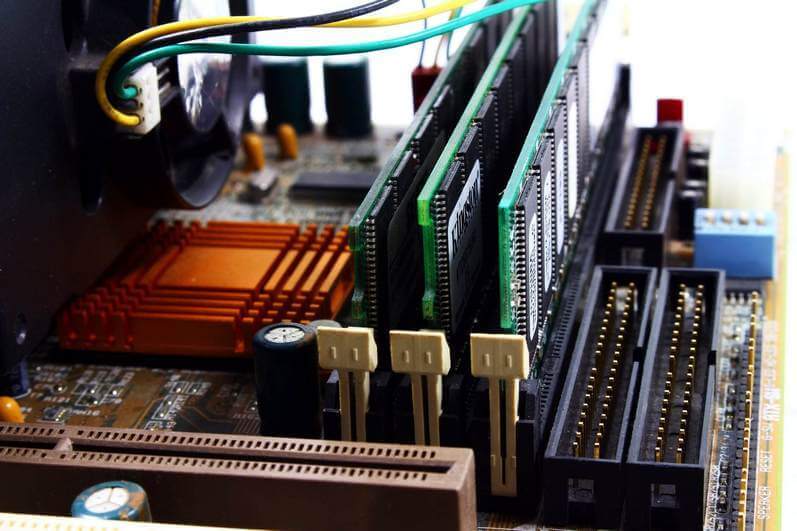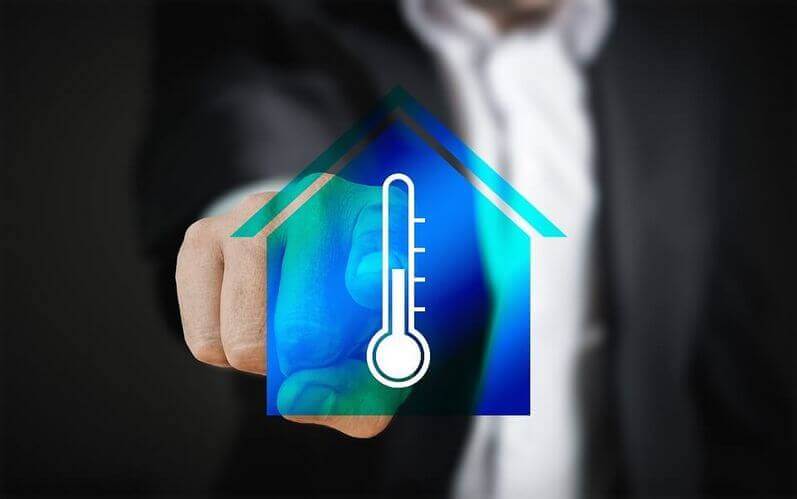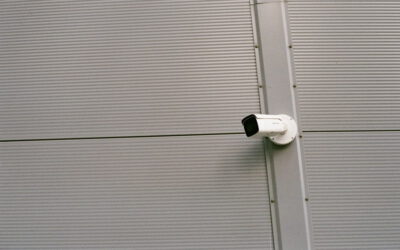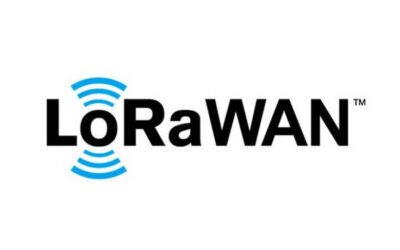Remote Temperature Monitoring System: Why It’s Important and How to Develop It

The COVID-19 pandemic has raised the importance of safety in public places to strategic levels. People are scared of the massive infection rates that they need to be perfectly sure of their safety and protection when going to the public, i.e., in trade centers, amusement parks, etc. Thus, sensitive temperature control gains momentum as avoiding people with a fever is one of the most effective COVID-19 containment methods.

How can an efficient temperature monitoring system guarantee public security? Overall, wireless body temperature monitoring devices are not new, though their importance skyrocketed with the start of the pandemic. Traditionally, thermosensors capture data from the environment via a thermocouple probe.
Choosing the sensor type for your business needs is essential as they differ in terms of price, functionality, and data precision. The most widespread sensors are:
- Thermocouples. Thermocouples enjoy the greatest popularity among users due to their ability to capture the most comprehensive temperature range and affordable pricing. Yet, they are not sensitive enough.
- Thermistors are the most accurate sensors on the list, but they need fine-tuning to perform well for the specific temperature range.
- Resistance temperature detectors (RTDs). RTDs are more precise but capture a smaller temperature range. However, they exhibit repeatability and stability of operations, which makes them a universal, high-precision application.
- Integrated circuit (IC) sensors. These types of sensors are popular because of their low cost and low power consumption. Besides, most companies calibrate them at the manufacturing stage, which helps users install and operate them without prior calibration.
You can also customize your system by choosing the material of probes where the sensors will be placed, thus fitting it to your unique needs and environment.
H2: Pros and Cons of Remote People Temperature Monitoring
Sensors for monitoring body temperature play an essential role in returning to regular business and social operations globally. They allow real-time access control to public places based on the body temperature data, often coupled with personal hygiene monitoring. Thus, only people who have performed antibacterial cleaning of their hands and whose temperature is within the normal range can access public places, reducing the risk of mass virus spread. However, each body temperature monitoring system has its pros and cons that prospective users need to consider.

Pros
- Today’s advanced systems can efficiently record and analyze temperature data in real-time, thus giving a rich dataset for analytics.
- Notifications about the detected deviation from the accepted temperature range allow identifying people with fever instantly, taking measures for their quarantining or a medical examination.
- Modern systems are reliable and accurate, allowing sensitive measurements even in public places with high throughput.
Cons
- Setting up a wireless core body temperature monitoring system is usually a more expensive endeavor than wired sensors.
- Wireless systems take more time to install and calibrate.
- Sensor data is difficult to verify.
- Some sensors are less sensitive and non-linear.
Features of a Temperature Monitoring System

It’s easy to get lost among the abundance of technical features and system elements available today. Still, keep in mind that every effective temperature monitoring system should include the following elements:
- A temperature sensor/probe. As your system needs to use sensors to capture thermal data, you need to determine the type of sensor first. Study the market and choose the one suitable for your needs.
- Thermal buffer. Most sensors have a pretty lengthy response time, which complicates real-time data processing. Thus, it’s essential to use thermal buffers from response time reduction and better sensitivity to temperature changes.
- Temperature measuring devices (TMDs). These system elements connect to sensors to derive data, record it, and store records for their subsequent transfer to a storage device.
- Storage device. You can choose among several options, such as an external device (e.g., USB or memory card) or cloud storage.
- Alerts and notifications. Every temperature controlling system should be equipped with an alarm system to notify the administrator about deviations from the accepted temperature range. In this way, the system’s controller will be able to take timely measures, restricting people’s access to public places or accompanying them to an on-site medical professional.
Develop the Body Temperature Monitoring Device for Crowded Places

Are you interested in wireless remote temperature monitoring system development? Wishing to develop and install your white-label body temperature monitoring system in the workplace or your residential property? It is at times complicated to find a reliable provider with relevant field expertise. So, if you need a trusted provider, it’s time to turn to ADUK for consulting and turnkey hardware embedded development.
Our experts possess all the needed expertise in hardware and software creation for these types of systems, thus guaranteeing exclusive solutions with unrivaled quality for your business. With ADUK, you’re sure to advance your business operations to a new level, guaranteeing safety to your clients and visitors.
Recent Posts
- What Is an Exoskeleton Suit?
- Where can you use an ultrasonic motor?
- Smart Camera: System That You Can Use for a Wide Variety of Purposes
- Why Is the Smart Toothbrush Better Than a Regular One?
- Microcontrollers: An Integral Part of Embedded Hardware
- Air Quality Monitoring System: Why It’s So Important in Modern Realities





